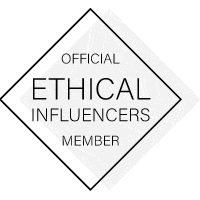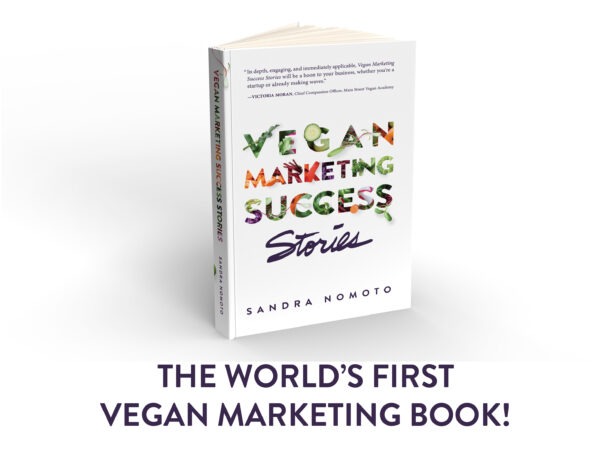Michelle Obama said, “When they go low, we go high.”
Parental advisory: This blog contains content suitable for people aged 19+.
I have never had a great relationship with alcohol.
I don’t know why my parents never warned me about my genes. A telltale of how much you can tolerate alcohol can come from genetics, and while I’ve never seen my mom drunk, my sister has, and her recall of the experience wasn’t very impressive. That was back in the mid ’90s.
My dad on the other hand, said he and his brothers drank to their “heart’s delight” on the daily when they all worked at San Miguel Brewery in the Philippines in their 20s, where their father did for a short time.
I was about 10 years old when I tried a cooler for the first time at a family friend’s party, and that’s when the first symptoms of facial flushing and red eyes showed up. Yet my parents still didn’t warn me that I was probably sensitive.
Mr. Yang taught us in Science 8 that caffeine was a stimulant and alcohol was a depressant, which stuck with me. Depressant shares the same root as the word ‘depression.’
From Soho-7s to Tokyo Teas
Sugary hi-balls and cocktails were my choice of drink from late high school to beyond university. I tried beer and hated it (it also made me super bloated), and wasn’t a fan of the taste of wine. I also noticed that the flushing didn’t occur as much when most of the alcohol was diluted with milk, pop, or juice.
Somewhere between 2003 and 2005 I’d find out I could only tolerate the equivalent of three hard liquor shots before throwing up. I had my first bad hangover on December 30, 2006 when I hosted an epic basement suite house party. The cops showed up around 3am, shortly after the last few people had left. I only remember drinking Soho-7s, but I think there were a few flavoured vodka or tequila shots involved that set me over the edge. I remember my subwoofer blew out after Missy’s “Pass That Dutch” and then a high school classmate took over my iTunes with electronic music the rest of the night. It was wild.



In 2006 I learned about a cocktail that is only available in the US, called the “Tokyo Tea.” It’s a concoction of about five different hard liquors, juice (maybe it was pop), and a spritz of iced tea. The $12 USD price tag was worth it because it’d last you the entire night. My friend used to DJ at a gay club in Seattle, and in the photo above right, I introduced my fellow straight friend to the drink.
Both times I went to Vegas with my crew of friends, there was also a lot of alcohol involved. They serve it everywhere there, and it’s cheap unless you order at a nightclub. I had lots of good times on that strip, despite throwing up on both trips five years apart.

2007: Day 2 of my friend’s stagette in Vegas, I thought it’d be brilliant to have sugary Margaritas poolside for breakfast. Not a good idea as I was already drinking the night before, and that sh*t stays in your system the whole day unless you hydrate well, and that was never my strong suit. You also always get tacky souvenir cups that no one wants to use afterwards, am I right?

By the end of the night at the club, I had already puked once and was dancing with this bottle of water. It looks like I’m saying “I’m good,” but I still messed up some people’s shoes right after. My friends had to stop some women from kicking my ass for that, but I had left after that and went straight to bed.
However the night was made because we saw Shaq and Roselyn Sanchez there, and another dude who was in Days of Our Lives (middle photo, behind Roselyn). Here are photos to prove it.



In the last seven years, I’ve learned that there are other types of alcoholic beverages that I can enjoy besides hi-balls and evil disguised as sweet cocktails.
In 2009 and 2010, Leo experimented with all the different types of beer for his beer blog so that he could get a career in the industry, and that’s when I learned about fruity beers. Not just ones that have fruit in it, but where the flavour is dominant, like Framboise (raspberry) lambic (Lindeman’s makes a great one), or Kriek lambics which are made with cherries. They add a ton of sugar though.
My friends and I also discovered Moscato wine and similar sweet varieties of white wine, and in the last year or so Leo has been into wine, particularly rosés.
My long distance relationship with cannabis
I only started interacting with people who consumed cannabis in late university, when I met someone in Toronto who smoked out of a vaporizer. He was a slow-to-respond kind of person, which I would then always associate with consumption. My brother also started smoking around that time, and despite my warnings that he could become a “stoner” like the person in Toronto, a few years later he’d be one of the few people I knew with a medical card.
About a decade later in 2013, MCRCI in Vancouver became a client of Conscious PR and it was around the time the government under the Conservative Party was becoming more stringent in the federal cannabis licensing rules. I learned a ton about the alternative ways that sick people were using cannabis via edibles (tea; blended in a smoothie and frozen in cubes) and the threats that the new regime was making to their accessibility. I also learned about topicals and oils.
Yes, I really am sensitive to alcohol
While battling digestive symptoms in 2018 and starting my vegan diet, I found out I am sensitive to brewer’s yeast! According to Rocky Mountain Analytical which administered the IgG Food Sensitivity Test:

This is why I think the government should subsidize food sensitivity tests every five years, as soon as we turn 18. It might have helped me to skip the embarrassing party-with-alcohol phase. Designated drivers would be figured out easily (it was always me), and we might have less drunk drivers on the road. Now that more people are consuming cannabis, ridesharing is sorely needed in B.C. (Update April 2022: Happy to report we have it now!)
Although I might enjoy a sip of rosé every now and then, for the most part I’m staying away from alcoholic drinks since most of it isn’t vegan anyway due to the isinglass (from fish bladders) which is used for filtering, as well as the harmful effects and associations we (should) know alcohol has had, since the time humans have been manufacturing it.
Celebrating cannabis legalization
I had my first toke at a friend’s place in the summer just before legalization in Canada. My friend who supplied the joint mostly uses indica or a hybrid of indica and sativa. I didn’t feel much, just thirsty and unusually calm.
About four months later, he had a birthday party and I smoked CBD oil out of a vape pen for the first time. I’d started working for the Founder of the National Institute for Cannabis Health & Education (NICHE) and Grow Tech Labs.
I should back up a bit and explain a bit of the 101 on basic cannabis terms — but know that there are a lot better resources out there.
Indica, Sativa, and Hybrid
Here’s an excerpt from Flower & Freedom:
The cannabis plant can be categorized by different strain families, three of which you will almost certainly happen upon being Indica, Sativa and Hybrid (a combination of Indica & Sativa). These classifications are determined by a number of factors including genotype, geographical location and environment, and to a lesser degree, the physical characteristics of the plant.
THC and CBD
Out of the 100+ cannabinoids in the cannabis plant, THC and CBD are the two most common. According to the Government of Canada website (which I recommend as a resource):
“delta-9-tetrahydrocannabinol (THC) is responsible for the way your brain and body respond to cannabis, including the high and intoxication. THC has some therapeutic effects but it also has harmful effects. Harmful effects may be greater when the strength of THC is higher. The potency (concentration or strength) of THC in cannabis is often shown as a percentage of THC by weight (or by volume of an oil).
Cannabidiol (CBD) is another cannabinoid. Unlike THC, CBD does not produce a high or intoxication. There is some evidence that CBD may block or lower some of the effects of THC on the mind. This may occur when the amount of CBD in the cannabis is the same or higher than the amount of THC. CBD is also being studied for its possible therapeutic uses.”
I’ve also been hearing some buzz about CBN. Found in less than 1% of plants, CBN is created when THC degrades through oxygen exposure. It can also be produced through decarboxylation. CBN is less psychoactive than THC, but it could amplify the effects of THC. Source: The GrowthOp
What I did to get my system used to THC and CBD before I started smoking was take cannabis gummy candies which contained about 10 mg of THC per gummy. It wasn’t enough for me to feel anything, but as I’ll say again later, everyone will experience different effects.
Our body is designed to process it
I won’t go as far to say that humans were designed to ingest cannabis, but unlike alcohol, our body has an endocannabinoid system which interacts with the cannabinoids (chemicals) present in cannabis. There’s not a lot of info on how that works, but here’s a bit from What’s With Weed?.
Alcohol on the other hand, causes liver and brain damage, as well as addiction much more than cannabis does.
Parts of the cannabis plant
Leafly has a pretty good diagram of the parts of the plant. When we say “flower,” we typically mean the female flower. Some farmers refer to cannabis with she/her pronouns. Others will say “bud” but I believe flower is the correct term.

Ways to use cannabis
Here’s another excerpt from Flower and Freedom‘s Beginner’s Guide:
INHALATION: Vaporize flower, oil or concentrates, smoke flower.
ORAL: Capsule, oils, edibles, drinkables, decarb (decarboxylate).
TOPICAL: Muscle rubs, skin care, beauty products & body oils, bath salts & bombs, personal lubricants, other salves and creams.
So, back to indica, sativa, and hybrid.
Despite what you may hear about indica being more “down” and sativa being more “up,” this isn’t true. Just as we have preferences for types of beer, wine, and spirits, we have preferences for varieties, which you can determine by smelling the flower and then inhaling it. It also won’t taste the same as how it smells.
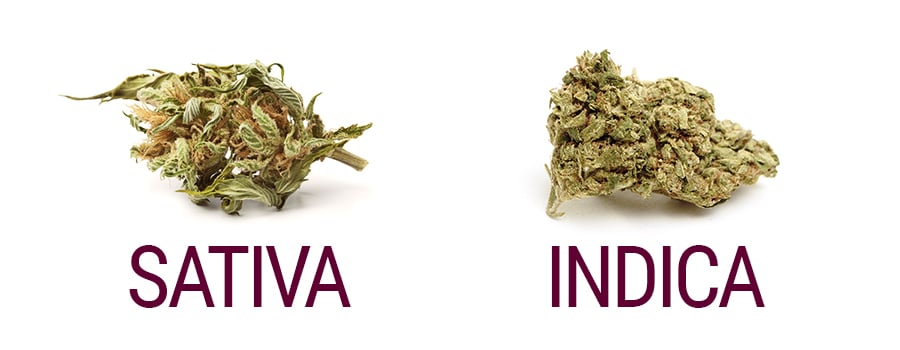
I like what Royal Queen Seeds says about the visual differences:
“Sativa buds are wispier and less dense, so it will look like more. These buds will also be taller. As opposed round-looking nugs, they look rectangular, thin, and fluffy. To some consumers, this looks unappealing…one of the reasons why hybrids are most widely available.
When it comes to indica plants, their buds will be heavier and consequently, much denser than sativas. These are what a lot of consumers look for. They grow in dense clusters closer to the nodes, creating the classic ‘crunchy’ look.
Regardless of your preference in terms of high, the truth is that indica buds look more aesthetic. This created a trend in the market. Today, pure sativa plants are rare, not only because of their growing requirements, but also because of bud appearance.”
Similar to how all beer and wine used to taste the same to me, all the flowers looked the same, until I took an amazing workshop with Grow Tech Labs run by Julie at CannaReps. I learned SO much about the history, geography, and botanical science behind cannabis. I have so much respect for the plant because of her!
You also have to think about the purpose behind why you are consuming. Some want to relax and offset anxiety and depression, others want to be more “high” or energetic, and others still may not want any obvious effects but just consume it to get through the work day, like a few people I know. So don’t believe what people tell you about the affects certain varieties will have, because it may not be true for you.
Hemp vs Cannabis
You may have already started to see a lot of hemp products out there in addition to clothing, from topical creams to beverages.
Basically, hemp IS cannabis, but it’s low in THC so its commercial value is in the CBD content. The leaves will also be used in addition to the flower.
According to the Government of Canada: “Industrial hemp is cannabis that contains 0.3% THC or less in the flowering heads and leaves. Although it may not have more than 0.3% THC, there is no limit to the amount of CBD that may be contained in industrial hemp plants.”
Personal frequency choice
Before I go any further, I want to say that I wouldn’t recommend smoking or vaping on a daily basis, nor for anyone under 19. For a fairly healthy person who doesn’t require cannabis for medicinal purposes, I’d treat it like you would wine, beer, or spirits on the weekend. Brains are also still developing up until adulthood, so I’m glad I didn’t start smoking cannabis when I was younger.
I know from following Amen Clinics that long-term cannabis consumption results in damage to the brain, but their studies were only done on heavy users and there was no method of use reported, so I’m assuming the participants were only smoking or vaping.
I also know there are exceptions where a risk is taken to offset other conditions. I have seen documentary videos in which cannabis helped young children with conditions involving seizures. After listening to his recent podcast, I tweeted Dr. Amen and asked him if his study took account of users of CBD-only topicals or edibles; I’m still waiting for an answer. Even the medical professionals need education on cannabis.
Ringing in 37 with hybrid
I started smoking hybrid soon as I rang in my 37th birthday this year as I wasn’t sure what variety I might gravitate toward. Weeds was right in my hood in south Main and the woman there made it SO easy for me to purchase flower. Sadly, they closed down.

The first few times I smoked, I didn’t feel anything. There is a good chance my joints were rolled too tight and the vapour wasn’t coming through. It wasn’t until Easter weekend when I took a joint to Bowen Island with my family on Easter weekend, and smoked almost the entire thing to celebrate 420. My sis and I watched YouTube vids till about midnight and I noticed that I was still focused, but slightly on the slow and relaxed side. So I knew I could probably tolerate something stronger.
She loves the sativa
I started to smoke flower from The Herb Co. which is in my old hood and close to where I get groceries. The first “best-selling” sativa strain there was called Strawberry Gelato. You’ll find that there are very creative names for strains because there’s an unlimited number of them, and dispensaries try to most accurately describe the smell or taste.
The first time I smoked Strawberry Gelato, I took in quite a bit. It was the first time I felt my senses enhanced, from hearing distinct background sounds in a song to the puddling water beneath my feet when I came out of the shower. I was also slightly dizzy. Since then, I have been trying out different sativa strains as this seemed to be my preference in terms of smell, taste, and effects.
Instead of requiring an entire joint to feel desired effects, now I typically only consume 1/2 of a joint each weekend night. One gram of flower typically makes three joints, but it’s really up to whoever is rolling and how big or small they want their joints to be.
The legal stuff
Since recreational and medicinal cannabis became legal in October 2018 and extended to edibles and topicals in October 2019, it doesn’t mean that it’s a completely free market. After all, the dispensaries and e-commerce retailers that were running before October ’18 were not necessarily operating legally, and not all of them are now. There are a ton of regulations that growers, producers, processors, and retailers have to go through to be given licenses, and many of them are waiting for approval to operate.
This is why you might see a lot of dispensaries in Vancouver have closed to undergo renovations and the approval process, while still others (which often have a steady stream of customers) remain open and continue to run despite the risk of a shutdown.
There are two big differences I can see with legal products and retailers:
1. PURCHASING FLOWER – At unlicensed dispensaries, flower will either be in a jar or measured and then sealed in a small envelope with a clear back, similar to a salt package. Legal flower will be in a sealed bottle that is difficult to open (similar to prescription medicine jars) and will have THC & CBD contents and warnings on the label. Similar to cigarette packs, the containers can’t have colours other than black or white, or cool designs like you see on alcohol bottles. This is to detract children (or otherwise ignorant adults) from consuming the product inadvertently. The government (which also has its own retailers and e-commerce sites in each province) has been criticized heavily for the packaging requirements, which are even more excessive for products ordered online.
In one of the products I tried, the label read “product does not expire” which concerns me because flower is a plant, and all plants will die eventually. You will surely tell with the quality.
In at least one dispensary I have been to, I’ve been able to smell the flower in a jar before purchasing it and IMO this is the best way to tell if I am going to like it, just as you would taste a sample of alcohol in a liquor store. Only when you smell flower, you aren’t getting high. So it’s ridiculous that when all dispensaries become licensed, you won’t be able to smell before you buy, nor tell if the retailer is mislabelling a flower.
Presumably there shouldn’t be any difference in product quality, but the two times I’ve tried flower from licensed places, it was not as smooth or effective as what I’ve had otherwise.
I recently saw a tweet in which someone bought legal cannabis and the “packaged on” date read a year ago, and that person decided not to use it. I suspect that because of the arduous regulation process, it may take some time between when the flower is harvested to when it gets to the customer (bearing in mind shipping time for those purchasing online) and the freshness deteriorates — just like produce — and this is why the quality will suffer.
As for online shopping, as convenient as it sounds, I wouldn’t dare given the excess packaging, ship time, and lack of being able to see the flower. The only exception would be if I’d tried the exact strain before and am aware of its quality.
2. RETAIL DESIGN & SERVICE – I have only been to ONE licensed dispensary so this is not enough to judge them all, but from what I can tell, the windows must be shaded (which most dispensaries do anyway) and there is virtually NO product in sight when you are inside. You have to tell them what you are looking for and they will bring it out from a shelf under a counter, or somewhere invisible. I think I saw one pre-rolled joint on display as a sample: there were different sizes (.5 g and 1g), but that’s pretty much it.
There are no brands in sight, so unlike your typical shopping experience where you can browse brands and prices before you take something to a counter, you have to interact with someone who will show you your options. So far I haven’t had a negative experience at a licensed place, but on a slow day, they will pounce on customers out of boredom! Expect ID checks if you are under 40 as well.
At one unlicensed dispensary I visited in Toronto, I had to become a member in order to enter the room where they had the products on display, but I imagine this process will become obsolete if/when they get licensed.
I had an Instagram convo with cannabis librarian Mary J of Mary J Consulting recently about packaging and she suggested hemp-based packaging, as well as having the option to buy fresh flower from zero waste retailers (it’d have to be 19+), the same way I buy my household and some food items at The Soap Dispensary. Brilliant!
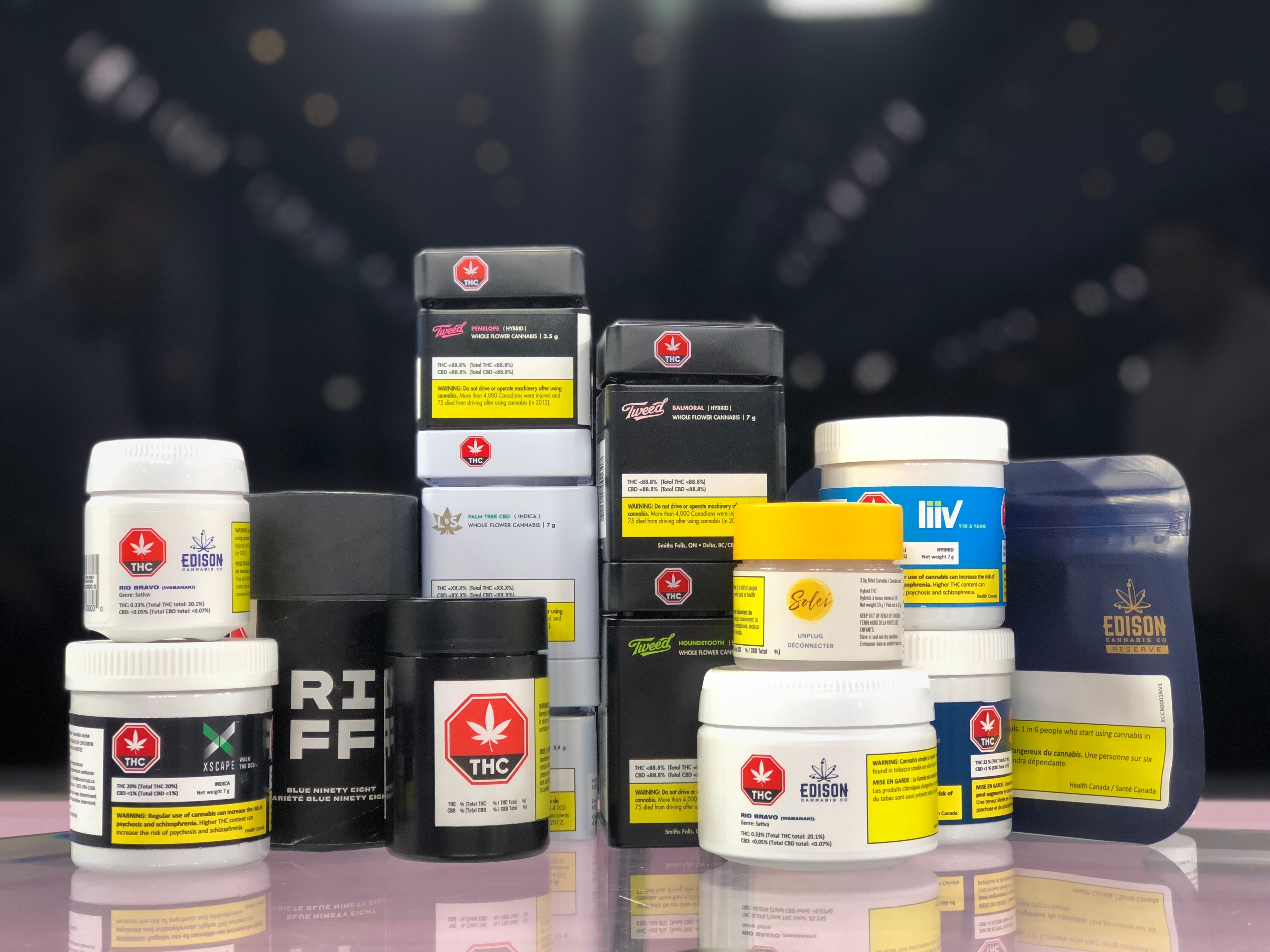
Examples of legal packages. Looks a lot like your prescription meds.
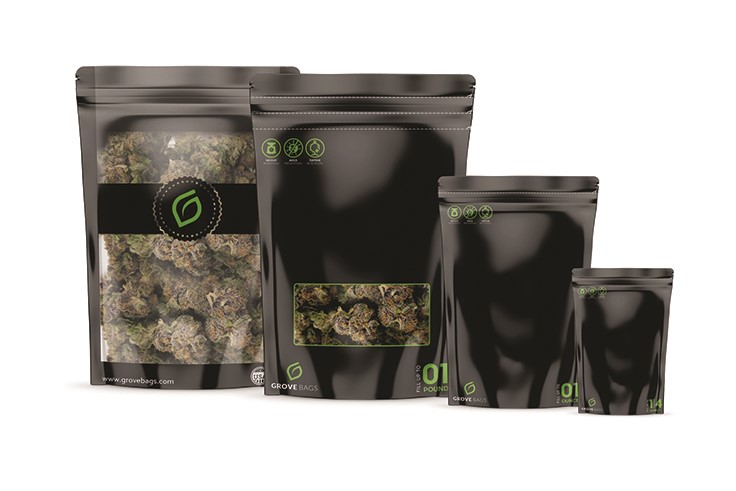
Example of a branded bag of flower in the US. Unlicensed flower packaging in Canada is a lot like this, minus the brand. Time will tell if we will see any more of them.
What to expect if you smoke cannabis
When you buy flower, you’ll have to grind it down and remove the flower stems. I recommend purchasing a grinder, or you can use your hands which will take much longer.
If you are making your own joints, you’ll also need rolling and filter paper (optional, but highly recommended), both of which are readily available. For those who are horrible at rolling joints like I am, you can buy pre-rolled joints (“pre-rolls”), but you’ll have limited options for volume. There are also devices that help to roll joints like this one.
I once used some really amazing black filtered hemp cones, but Canndora Club doesn’t sell it anymore so if you know someone who does, HMU in the comments. They’re expensive, but sometimes you pay a premium for convenience and esthetic.
Seth Rogen has a great video on how to roll, which gave me hope when he said, “Truthfully, it’ll take you around 100 tries in order to get this down properly. Keep practicing, and you will be able to do it.”
It’s very common to cough when you are inhaling smoke, especially when the joint burns closer to the filter. If you are smoking indoors, use an ashtray. More and more I find people are not as bothered by cannabis smoke as they used to be (I was one of these people) which means the stigma is decreasing.
You will also likely experience dry mouth and sometimes dry eyes. So I always have water on hand. I don’t always get the “munchies” but I’ll buy chips when I know I’m going to have a session, just in case.
High vibes all the time
Just nine months into my personal cannabis journey, I’m a lot more happy smoking recreationally than drinking alcohol, especially discovering recently that I have hypochlorhydria, and that ingesting ANY of my sensitivities can trigger the symptoms. In the last two months I’ve been on a chakra unblocking practice and have found that cannabis compliments other activities like meditation that activate my third eye chakra. I am generally trying to operate at an energetically high vibration vs. low, which I know alcohol will do to me.
I’ve had a really good indica strain before, but as I’m already a naturally calm person (my blood pressure is low AF), I enjoy the stimulation that sativa provides. I can focus and enjoy social events or TV/movies, and still feel relaxed. I’ve started a bit of a night ritual of watching movies after smoking on weekends, and I swear that I always pick up at least one miniscule detail than I might have sober!
Although I very much like the idea of vapourizing (vaping) as it’s a lot smoother on the throat than smoking, I am very wary of the reliability of vape pens today and the tragic – for lack of a better word – effects it’s been having on people of all ages. Plus, joints are pretty much biodegradable and require no cleaning nor batteries. I do enjoy the Cannabis Conversations videos by Tantalus Labs, as they provide education on how to appreciate flower and taste it while vaping, in a very simple way.
Since smoking, I haven’t been ingesting gummy candies as much and although I’d like to try baked goods, most of the ones out there aren’t vegan. Someday I might try baking my own, but I’m hoping once the dispensaries in our hood re-open and there are vegan options available there, I can see how I like the effects first.
If you weren’t a fan or aware of how to consume cannabis before, I hope that this provided some information on what cannabis is, and the different ways to use it depending on the intended effects. Remember that many use it medicinally — and the plant likely came before we did so we have to respect and protect it just like we do with any other plant we rely on for medicinal purposes. Someday I’d like to see 19+ cannabis lounges in public places the same way there are (or used to be) smoking rooms at nightclubs. You’ll likely never see people getting into fights late at night after consuming cannabis vs. what happens on a weekly basis downtown with alcohol.
This is a personal blog about my experience, so look elsewhere for more resources on cannabis. There are a lot of great news sites that specialize in the cannabis lifestyle in North America and the UK as well.
Whether you prefer to consume alcohol, venture into cannabis, or dabble in both, remember to have fun but also STAY SAFE!



